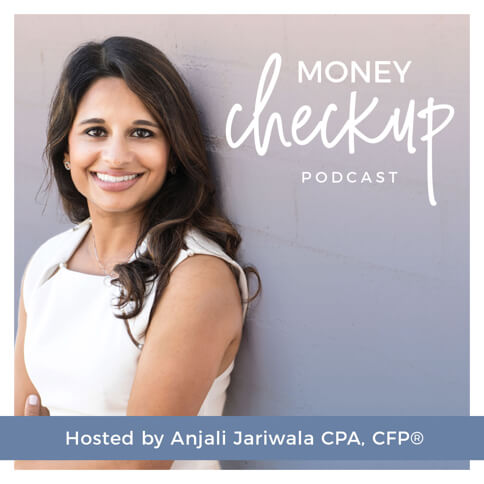Mortgage rates have fallen over the past year, which has made refinancing extremely popular. According to the Mortgage Bankers Association, refinancing is up about 6% year over year. But this has fluctuated wildly all year, with refinances more than doubling year-over-year during one week in early August.
There are a variety of reasons to refinance your mortgage. Refinancing can lower your monthly payments, shorten your repayment schedule, lower your interest rate, or allow you to pull out some of your equity as cash — or, most likely, some combination of those possibilities.
Is refinancing a good fit for your family? As with most financial moves, it depends on what you’re hoping to accomplish.
What Is Refinancing?
Refinancing is the process of obtaining a new mortgage that has different terms than your existing mortgage. When you refinance, your lender essentially agrees to buy out your previous loan, and you agree to pay the new lender back instead.
Part of the reason refinancing is so popular right now is that interest rates are historically low. Refinancing to a lower interest rate could save you tens of thousands of dollars over the life of the loan.
If your loan balance is smaller today than it was when you first financed your home, your monthly payments may shrink after refinancing. However, lower monthly payments may mean you’re extending the loan over a longer period than you initially planned. This is because the time table resets when you refinance – if you had a 30 year loan and are 5 years into the payment, refinancing will reset it back to 30 years.
Refinancing also allows you to change the type of mortgage loan you have. Homeowners who initially took out adjustable-rate mortgages (aka “ARM”) often refinance to a fixed-rate mortgage before the interest rate adjusts, so they can avoid big increases in their monthly payments.
If you used an FHA loan to buy your first home with a down payment of 5% or less, you were likely required to carry private mortgage insurance (PMI). If you refinance your loan using the equity you’ve built up as a down payment, so to speak, you may be able to drop your PMI after refinancing.
Finally, refinancing can allow you to pull out some of the equity you’ve built up as cash. For example, if your home is valued at $500,000 and you owe $400,000 on your mortgage, you could refinance to a $450,000 mortgage. Since you only owe $400,000, you could pull out the other $50,000 as cash (aka cash out refinance). This is a popular way to finance home renovation projects.
What To Watch Out For When You Refinance
The 2018 Tax Cuts and Jobs Act capped the mortgage interest tax deduction at $750,000. If you purchased a home prior to 2018, you’re grandfathered into the old law which allows up to $1 million of interest deductibility. However, if you were grandfathered into the old rule and do a cash-out refinance, you lose the protection and will be subject to the new mortgage interest deduction cap of $750,000.
Refinancing also carries some additional costs. Budget 3-6% of the total mortgage amount for origination fee and closing costs. Many lenders offer closing cost credits or even deals with no closing costs — but those deals may come with higher interest rates or purchase of points, so review them in detail before you commit to these loans.
Finally, it’s important to understand the amortization table (or amortization schedule) for your mortgage. This document specifies how much interest and how much principal you’re paying at any given time throughout the life of the loan. Most mortgages are set up so that borrowers pay more interest and less principal at the beginning of the loan. The principal gradually makes up a greater and greater proportion of each payment until the loan is paid off.
Because of the way loans are amortized, if you’ve paid a significant portion of your mortgage, refinancing may not make sense for you. It may ultimately take longer to pay off your home, since when you begin making payments on your new loan, you’ll be paying mostly interest once again. This may result in paying more interest overall.
Work with your financial advisor to understand the costs specific to your situation, and shop around for the best deal for you.
Preparing To Refinance
As with any loan, refinancing requires an underwriting process. Homeowners seeking to refinance need to provide all of their financial information, just as they did when they sought approval for their initial mortgage.
Be mindful of any changes to your financial situation, since these could affect your ability to qualify for a mortgage. Even if you feel as financially stable as you did when you initially applied for your mortgage, certain changes may make lenders less likely to approve you at the interest rate you’re hoping for.
For example, if you’ve moved from W-2 employment to 1099 contract work — even at a higher wage — or taken on additional debt, you may have a harder time qualifying than you once did.
Again, ask your financial planner to help you understand whether refinancing is right for you. If so, they can help you prepare your documents and begin seeking the best deal for your circumstances.




